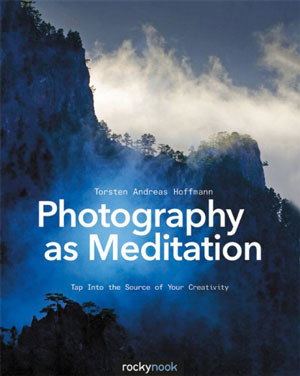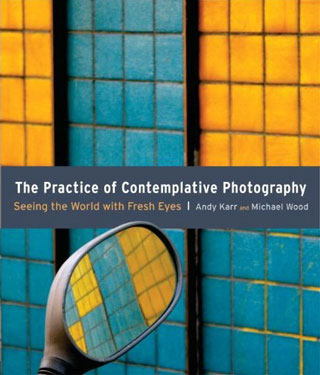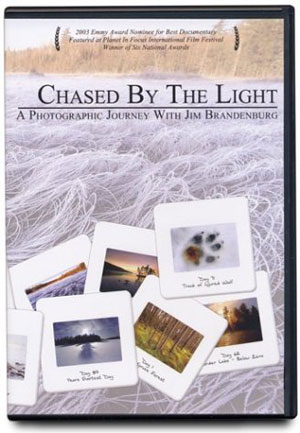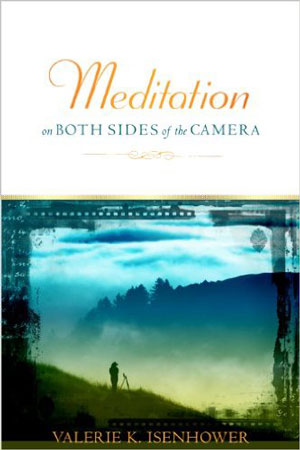We all face difficult times in life. It can be a sudden tragic event disrupting our daily routine, or for years we lead a life that just seems wrong and unsatisfying, yet we don’t find ways to break out, to shake off our lethargy and live the life that reflects our self. Photography is an excellent medium to slow down, find peace of mind and balance things in life. Photography is a fantastic way to meditate even, and that not by isolating oneself from the outer world, but by becoming fully conscious and aware of what is going on around us.

As inserts in this article you find references to books on meditation and photography. They might or might not be to everyone’s liking, but sure they provide food for thought to get started in case you want to spend some more time on the topic.
You might loathe this topic, yet I think it’s if not the most important written on THEME. To many, without being fully aware of it, photography already serves as a form of meditation; as a way to separate oneself from a stressful life.
In fact, Henri Cartier-Bresson defined photography as an ongoing meditative relationship to the world:
To take photographs is to hold one’s breath when all faculties converge in the face of fleeing reality (…) It is putting one’s head, one’s eyes and one’s heart on the same axis (…) It is a way of shouting, of freeing oneself, not of proving or asserting one’s originality. It is a way of life.
Meditation, the “traditional” form of it, is something I did a lot in younger days. Lived in India for some time, and somehow my former girlfriends were very much into yoga and techniques to quiet down and balance the mind. Yet, meditation is also strange in a way, as you are supposed to isolate yourself from what’s going on around you. Sit down quietly, close your eyes, breath calmly and separate yourself from the world, only to reenter the daily mayhem again and get distracted anew. Not sustainable, at least in my book.

Easy — and not easy. Takes some practice. Most importantly I try to be fully aware of breathing. Everyone has to find his or her own rhythm, but inhaling for seven seconds, pausing one second, exhaling for seven seconds, pausing again one second, and so forth, this deep and conscious way of breathing has so many advantages, whole books could be written on it. Not only is proper breathing an incredible source of energy, it also enhances overall well-being and peace of mind.
The brain and body need oxygen, but mostly we’re not aware how we breathe. We’re not making full use of our lungs, we breath superficially, and as a consequence find it hard to concentrate or focus on something, or we literally run out of breath easily. Proper breathing is a miracle cure for so many things. For the photographer, it helps him or her to develop the right eye and patience.

As practices, both meditation and photography demand commitment, discipline and technical skill. Now slow down… Take National Geographic photographer Jim Brandenburg who experimented with the idea of taking only one photo a day for 90 days. When a world-class photographer who is used to snapping thousands of shots a day limits himself in that way, you can imagine how mindfulness comes into play.
Mindfulness is preemptive. Being mindful prevents mishaps. And mindfulness connects. No separation between photographer, subject and object. No gaps and difficulties when approaching a task. Even when facing difficulties, those become part of the natural flow.

We mostly see things distorted. We don’t see things clearly or who we are. We have a lot of distortions in our seeing. Instead of seeing things as they are at the very moment, we’re projecting past memories and experiences onto them. The notion of clear seeing however is important in photography, and it is important in life.
The practice of contemplative, meditative photography helps to just remember how much distortion we bring in, because we mix seeing with our thinking and preconceptions, instead of just seeing things the way they are.
Freeing up one’s mind to see freshly and clearly is just one part of meditation and photography. Being more focused and feeling more alive and alert are other pretty nice side effects of constant awareness.
Not easy, yet why should it be easy. Take some deep, long breaths. Inhale, pause, exhale, pause, step out of your comfort zone and welcome to a new world.
Don’t have to sit cross-legged, close your eyes and keep silent. Living life to the fullest while meditating go hand in hand. As goes photography.


